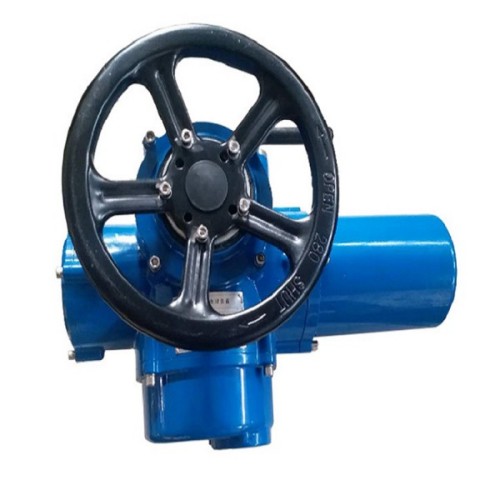Specifications and Uses of Carbon Steel Flanges in Industrial Applications
Understanding Carbon Steel Flanges Features, Types, and Applications
Carbon steel flanges are essential components in piping systems, playing a crucial role in the assembly of different piping structures. These flanges are made from carbon steel, a material known for its strength, durability, and cost-effectiveness. In this article, we will explore the features, types, and applications of carbon steel flanges, providing insight into their importance in various industries.
What are Carbon Steel Flanges?
Flanges are mechanical devices that serve as a connection point between two pipes, valves, or equipment. By creating a secure interface, flanges facilitate easy installation, maintenance, and disassembly of piping systems. Carbon steel, the primary material for these flanges, is an alloy made primarily of iron and carbon, and may contain small amounts of other elements. This composition imbues the flanges with several advantageous properties.
Features of Carbon Steel Flanges
1. Strength and Durability One of the key attributes of carbon steel flanges is their strength. They can withstand high pressures and extreme temperatures, making them suitable for demanding environments.
2. Corrosion Resistance While carbon steel is susceptible to rust and corrosion, many manufacturers apply protective coatings or specify stainless variants (like low-alloy steel) for use in corrosive environments.
3. Cost-Effectiveness Compared to other materials like stainless steel or titanium, carbon steel is relatively inexpensive, making it a popular choice for various applications without compromising on performance.
4. Versatility Carbon steel flanges come in various sizes and designs, which allows manufacturers to select the right flange for their system’s requirements.
Types of Carbon Steel Flanges
Carbon steel flanges come in various types, each tailored for specific applications
1. Weld Neck Flanges Known for their strong connection to the pipe, weld neck flanges feature a long tapered neck. They are ideal for high-pressure applications.
2. Slip-On Flanges These flanges are easy to install as they can slip over the pipe. However, they are more suitable for lower pressure applications.
carbon steel flange

3. Blind Flanges Used to seal the ends of piping systems, blind flanges do not have a hole for a pipe. They are critical for system maintenance and pressure testing.
4. Socket Weld Flanges These flanges have a socket into which the pipe is inserted, allowing for a strong and permanent joint, suitable for small-diameter pipes.
5. Lower Flanges Designed for use in different industries, lower flanges are bolted to base components, providing stability and support.
Applications of Carbon Steel Flanges
Carbon steel flanges find applications across various industries due to their strength and reliability. Common applications include
1. Oil and Gas Industry Flanges are extensively used in pipelines that transport oil, gas, and other fluids under high pressure.
2. Chemical Processing In chemical plants, flanges facilitate connections between pipes and reactors, ensuring safe handling of hazardous materials.
3. Water Treatment Carbon steel flanges are employed in water treatment plants for connecting filtration systems and pumps.
4. Construction Flanges are utilized in structural applications and as part of the assembly of HVAC systems.
5. Manufacturing Many manufacturing industries use carbon steel flanges for machinery and equipment assembly.
Conclusion
In summary, carbon steel flanges are vital components in ensuring the integrity and efficiency of piping systems across numerous sectors. Their robust features, diverse types, and wide applicability render them an indispensable choice for engineers and manufacturers alike. By understanding the significance and characteristics of carbon steel flanges, professionals can make informed decisions that enhance the performance and longevity of their systems.
-
The Key to Fluid Control: Exploring the Advantages of Ball Valves in Industrial SystemsNewsJul.09,2025
-
The Versatile World of 1, 2, and 3 Piece Ball ValvesNewsJul.09,2025
-
Stainless Steel Ball Valves: The Ideal Choice for Efficient Flow ControlNewsJul.09,2025
-
Optimizing Fluid Control with Ball Float ValvesNewsJul.09,2025
-
Manual Gate Valves: Essential for Control and EfficiencyNewsJul.09,2025
-
Everything You Need to Know About Butterfly ValvesNewsJul.09,2025
-
The Versatility of Wafer Type Butterfly ValvesNewsJul.08,2025




